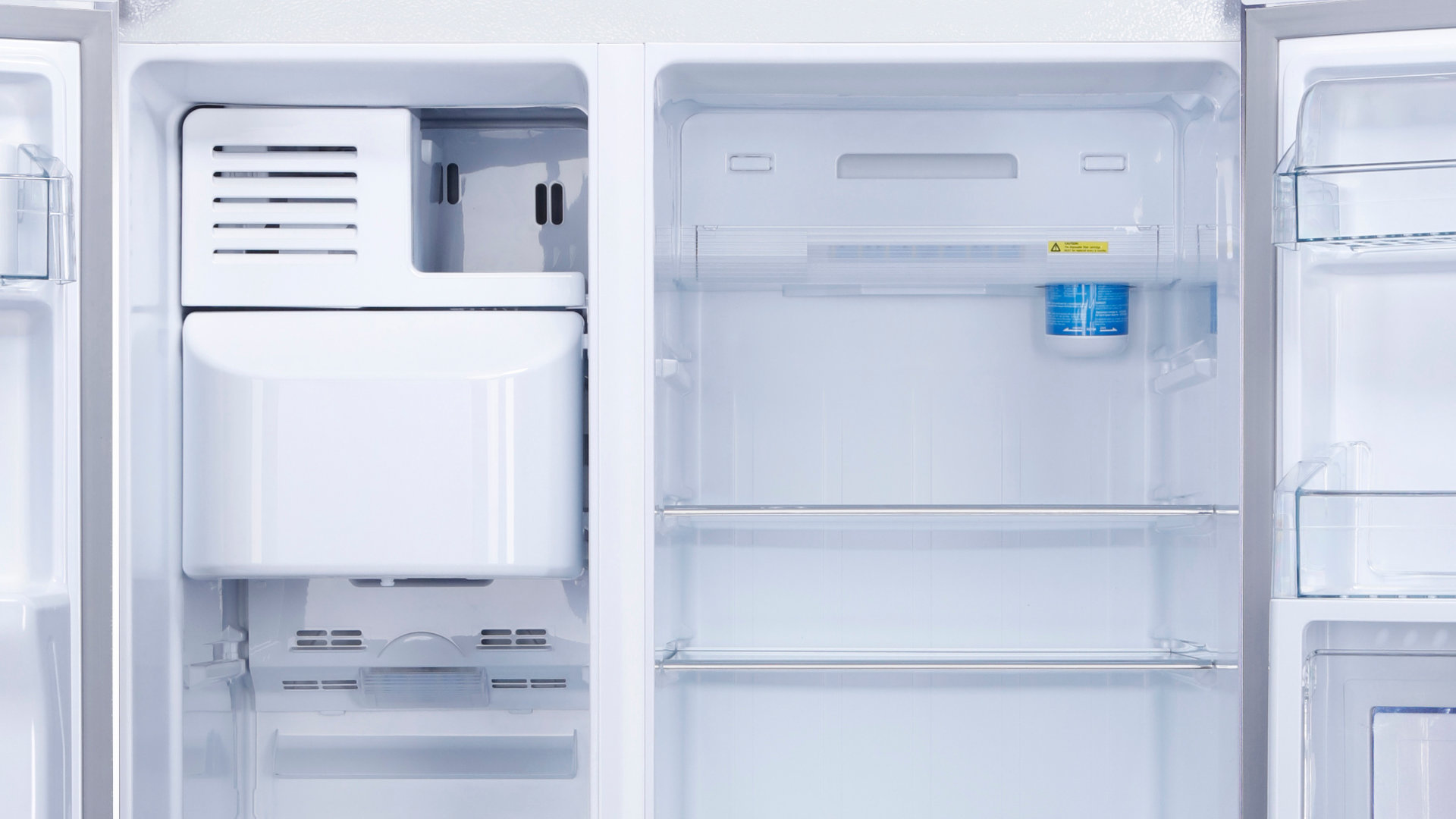
Whirlpool is known for its hard-wearing and reliable appliances, so when something goes wrong with your Whirlpool oven, it can be particularly frustrating. There’s nothing worse than turning on your oven to prepare your dinner at the end of a long day, and finding it broken. While some causes of a Whirlpool oven not heating will necessitate calling in a professional, there are plenty of DIY fixes you can try that can get your oven heating again without the help of a technician. Read on to find out what to do.
This guide covers all major models of Whirlpool ovens, including:
1SF014BEW0
1SF014BEW1
1SF014BEW2
1SF034PEW0
1SF034PEW1
1SF034PEW2
G7CG3064XS00
RDE1300P2
RF263LXTQ3
WCG51US0DS00
WCG51US6DS00
WCG97US0DS00
WEG730H0DS0
WFC310S0AW0
WFE540H0AS0
WFE540H0ES0
WFG320M0BB0
WFG320M0BS0
WFG320M0BW0
WFG505M0BS0
WFG540H0ES0
Check The Power Supply
All ovens need a consistent power supply to heat properly. Without adequate electricity flow, the heating elements or gas igniters won’t be able to function, leaving your oven completely cold. To diagnose a power supply issue, you’ll need to check the outlet, the circuit breaker, and the power cord to ensure everything is functioning properly.
To fix:
- First, check to make sure your oven is plugged into the outlet. Carefully inspect the cord for any damage, and make sure the oven is turned on.
- If that all appears functional, it’s time to check the circuit breaker. The breaker that corresponds with your oven is usually labeled ‘oven’—if it’s tripped, turn it back on, then check to see if your oven is heating properly.
- Try using a multimeter to check the oven’s electrical outlet. It should measure at about 220-240 volts—if it’s outside this range, you’ll need to get an electrician to inspect it.
Check The Heating Elements
Once you’ve verified that the power supply is working correctly, it’s time to check the heating elements. The heating elements work by converting electrical energy into heat energy. If they’re faulty, your Whirlpool oven won’t be able to reach its set temperature, affecting the heating process.
If the heating elements are the cause of your problems, other parts of your oven such as the burners and the clock display will still be working as normal. You might notice when you use the oven that it’s either not heating at all, or heating very unevenly. Here’s how to fix the problem:
- Unplug the oven.
- Open the oven and inspect both the bake and broil elements for damage. Damage usually appears as blistering, warping, or cracks.
- Using a multimeter, test both elements to check for continuity. If they’re faulty, they will need to be replaced.
- Order replacement elements that are compatible with your model of Whirlpool oven.
- Remove the faulty element carefully. Remove any screws or clips and then disconnect the wires.
- Connect the wires to the new element, position the element correctly, then secure it firmly in place with screws or clips.
- Restore power to the oven and turn it on, waiting to see if it is now heating up correctly.
Check The Thermal Fuse
In electric ovens, the thermal fuse prevents the oven from overheating by cutting power if the temperature gets too high. If the thermal fuse has blown, the oven won’t heat at all, as this will interrupt power flow to the oven’s heating elements. If your oven suddenly stops working out of nowhere, the thermal fuse could be the culprit. Here’s how to fix it.
- First, unplug the oven.
- Locate the thermal fuse. In most models this is at the back of the oven behind the rear panel, but we recommend you refer to your Whirlpool manual for the exact location in your model.
- Use a multimeter to test the thermal fuse for continuity. No continuity means that the fuse has blown.
- Disconnect the blown fuse from the wires and remove any screws holding it in place.
- Purchase a replacement fuse with the same rating, ensuring it’s compatible with your oven.
- Put the new thermal fuse in place, ensuring the wires are properly reconnected.
- Reattach the oven’s rear panel. Test that the oven is functioning by setting it to bake and seeing if it starts heating up.
Check The Temperature Sensor
The temperature sensor monitors the internal temperature of the oven and sends signals to the control board to adjust the temperature. An issue with the sensor can cause both underheating and overheating, as the sensor may incorrectly sense that the oven is either too hot or too cold.
To fix this:
- Disconnect your oven from the power.
- Locate the temperature sensor. In most models of oven, this will be located at the back of the oven’s interior. It will look like a thin, cylindrical metal rod, a few inches long.
- Check the sensor’s resistance with a multimeter. At room temperature, the sensor should show around 1,000 to 1,100 ohms.
- If the sensor is found to be faulty it will need replacing. Order a compatible replacement online or from a local appliance parts retailer
- Remove the faulty sensor—it may be held in place by screws or clips. You’ll also need to remove the wire connector.
- Connect the wire connector to the new sensor, and firmly secure the new sensor in place.
- Reconnect the oven to the power supply and turn it on. Test that the sensor is working correctly by using an external thermometer to compare the internal temperature to the set temperature.
Please note: Some of these fixes require a degree of experience with electrical DIY. If you don’t feel comfortable working with wiring or electricity, always call in a professional. It’s better to be safe than sorry!
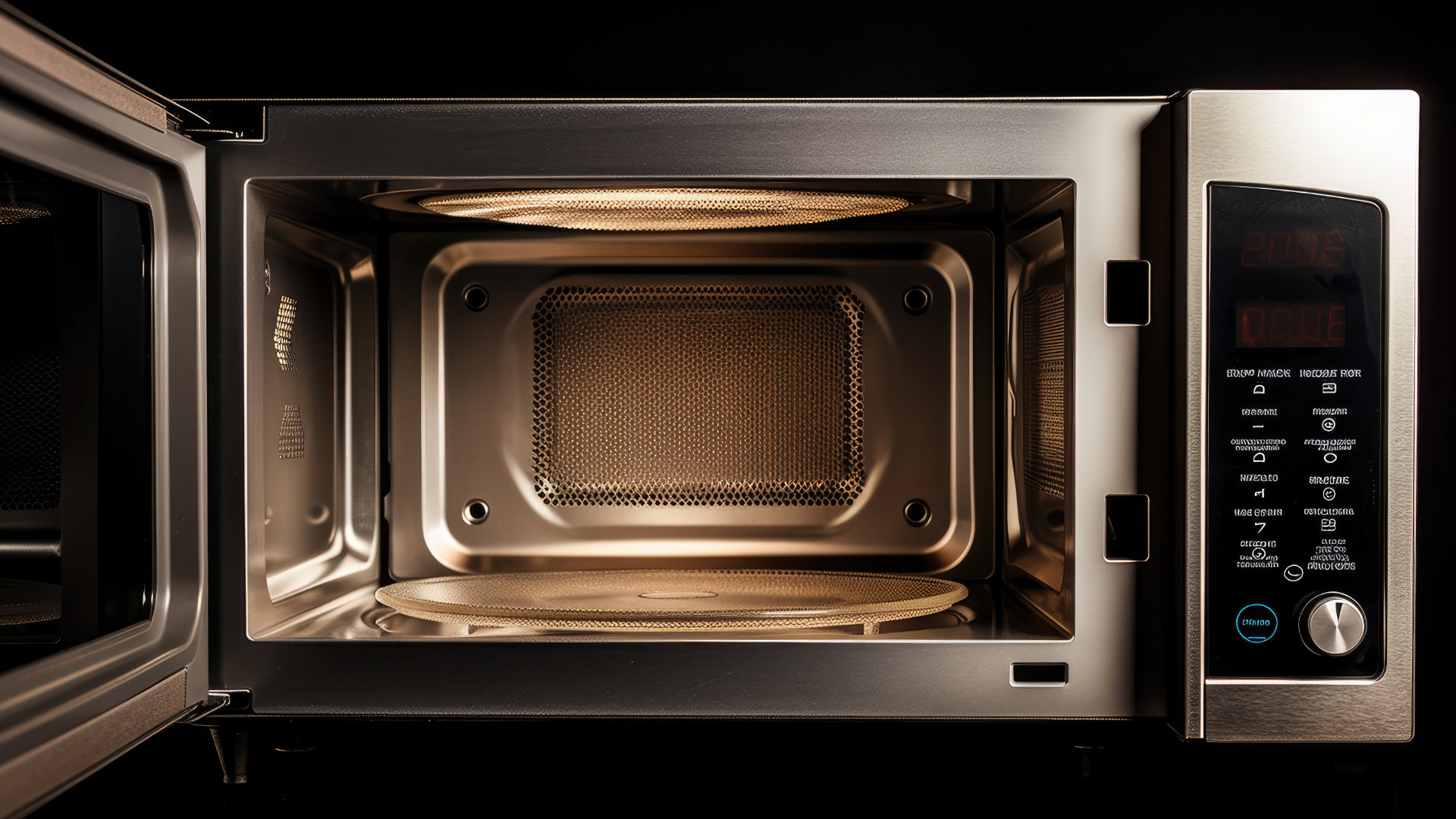
Eliminate the Burning Smell From Your Microwave
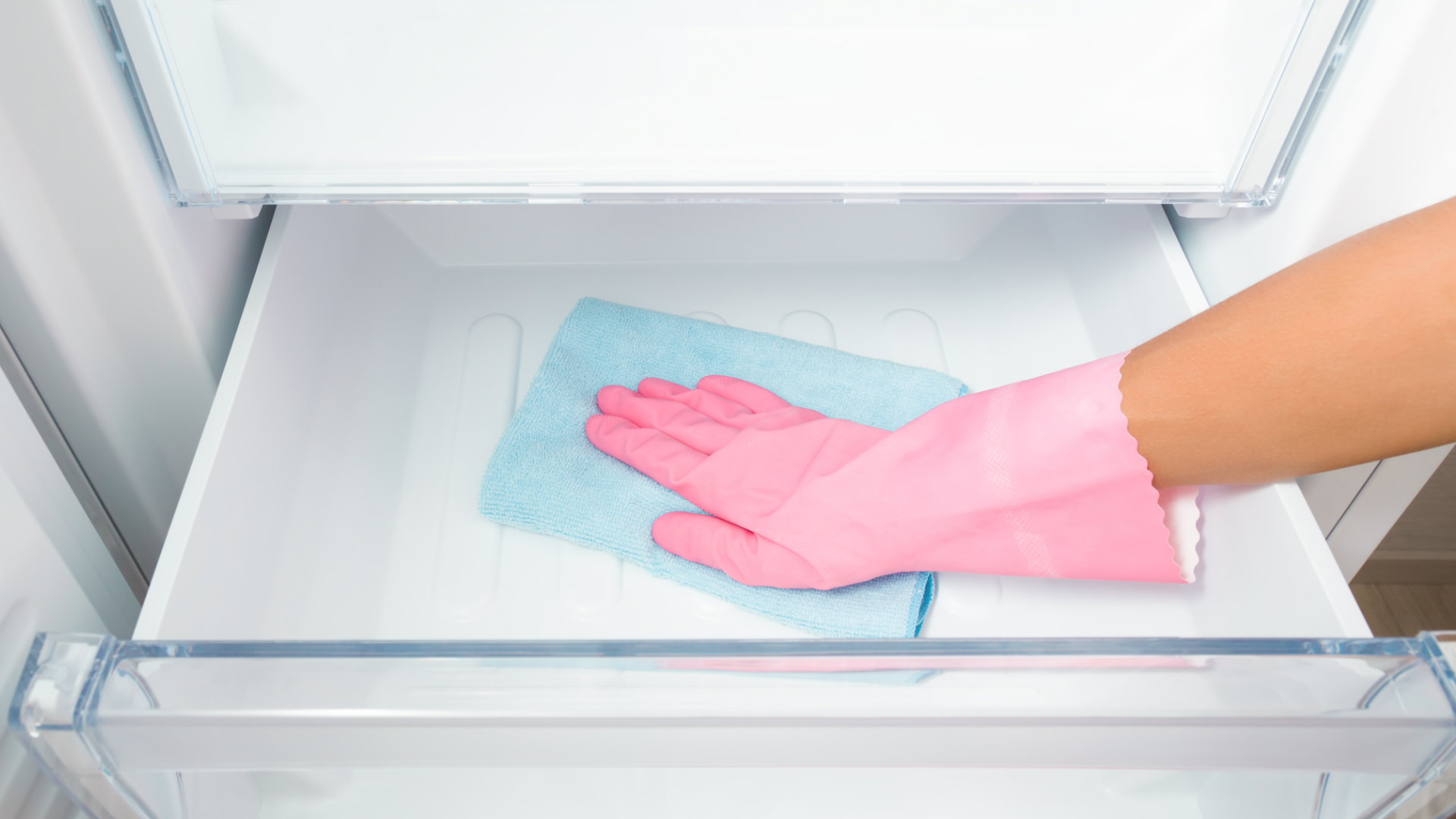
Fixing a Samsung Freezer That Won’t Freeze

Whirlpool Oven Won’t Heat: Here’s What To Do
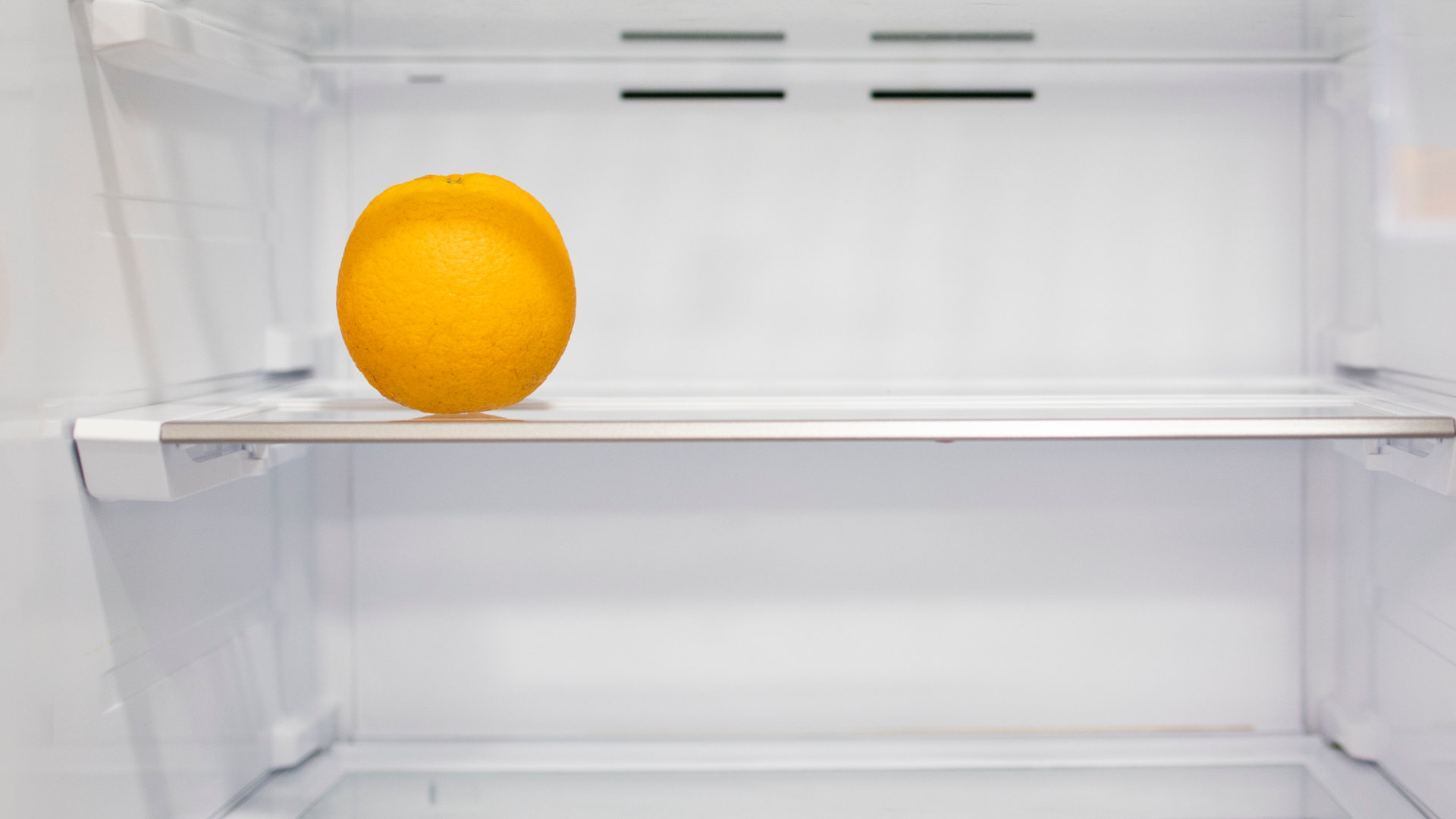
Easy Steps to Clean Your Refrigerator Coils
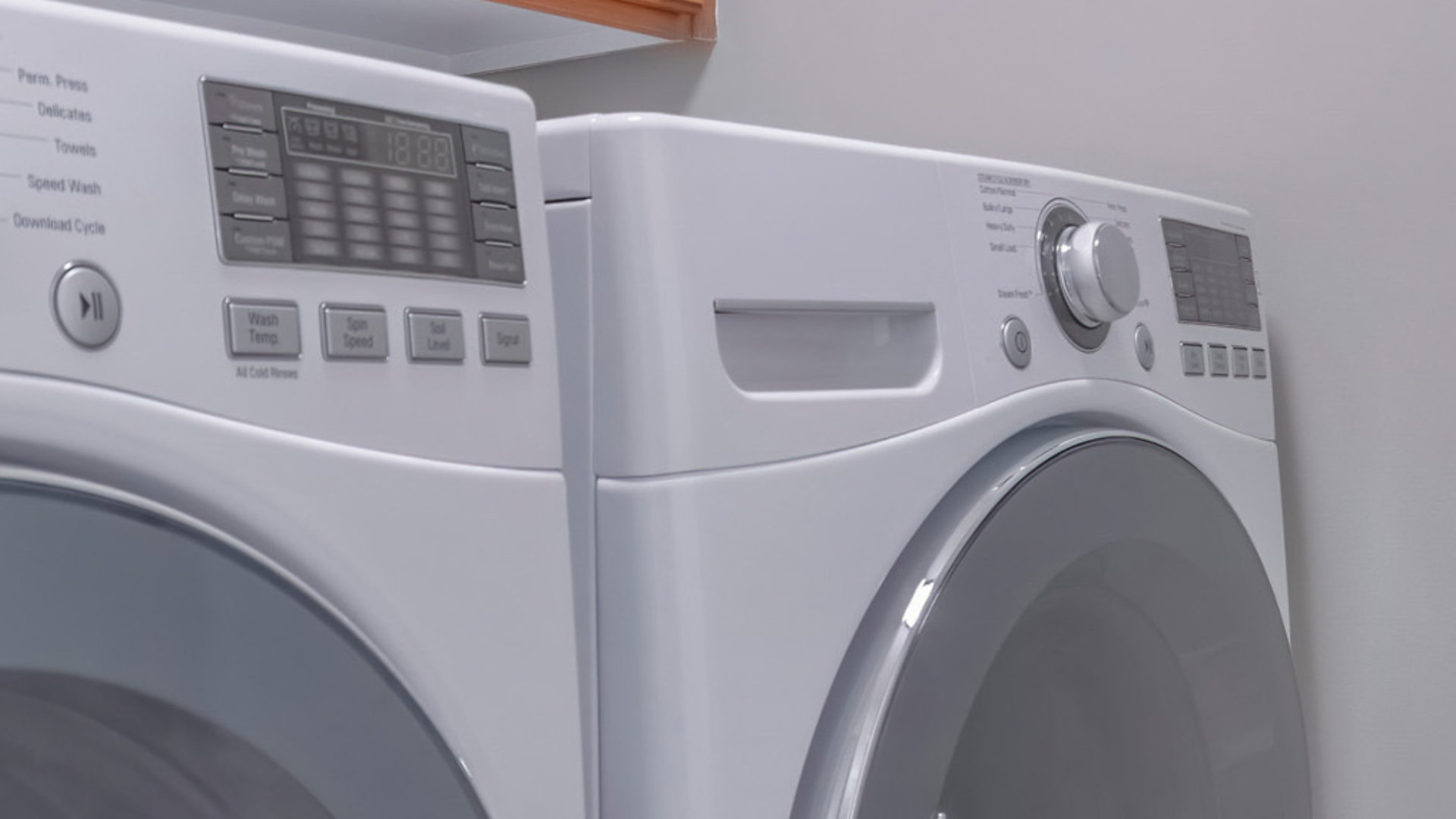
Quick Fixes for an LG Dryer Not Heating
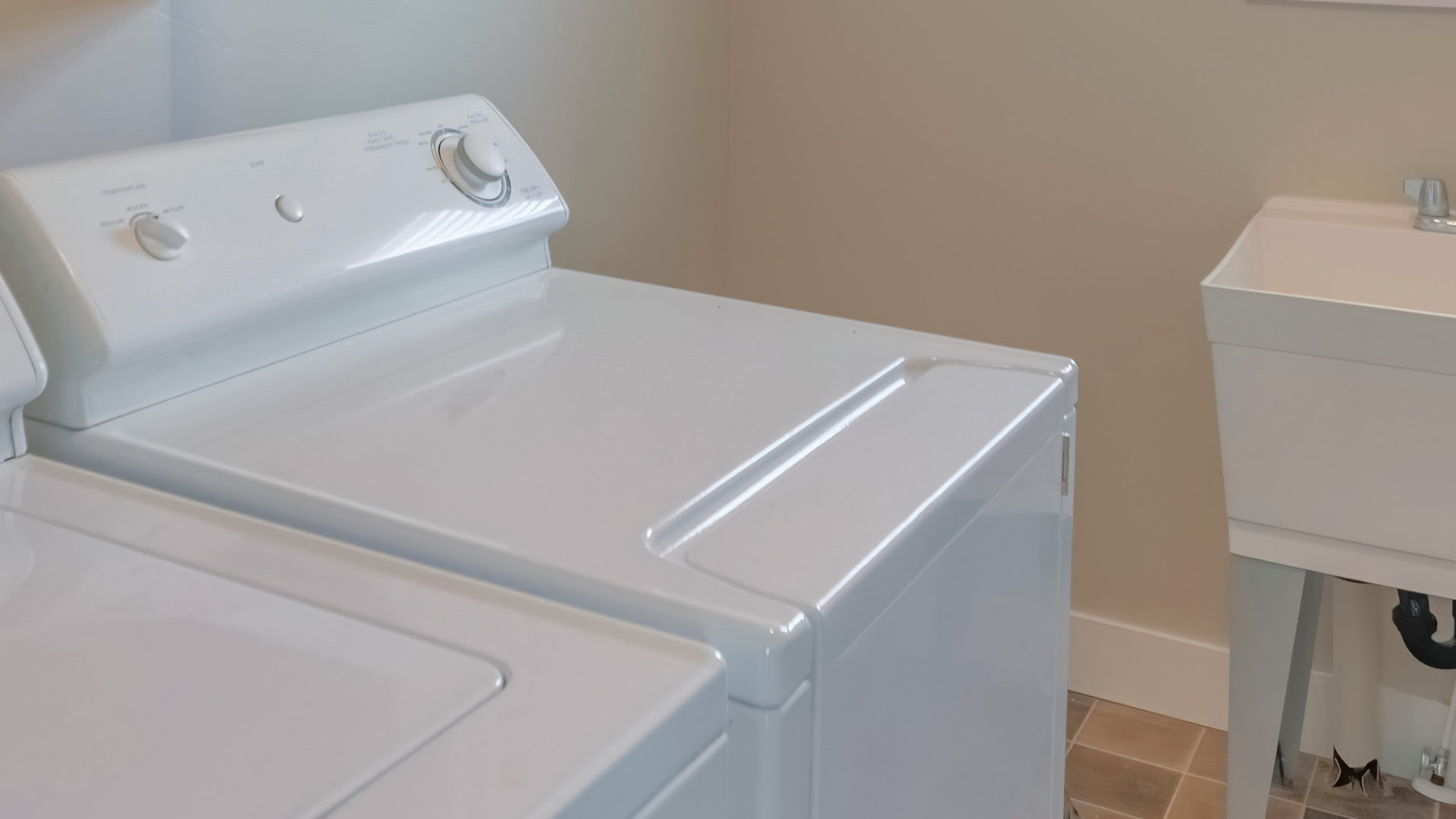
How to Fix an Electrolux Dryer That’s Not Drying

Why Is Your Whirlpool Washer Lock Light Flashing?
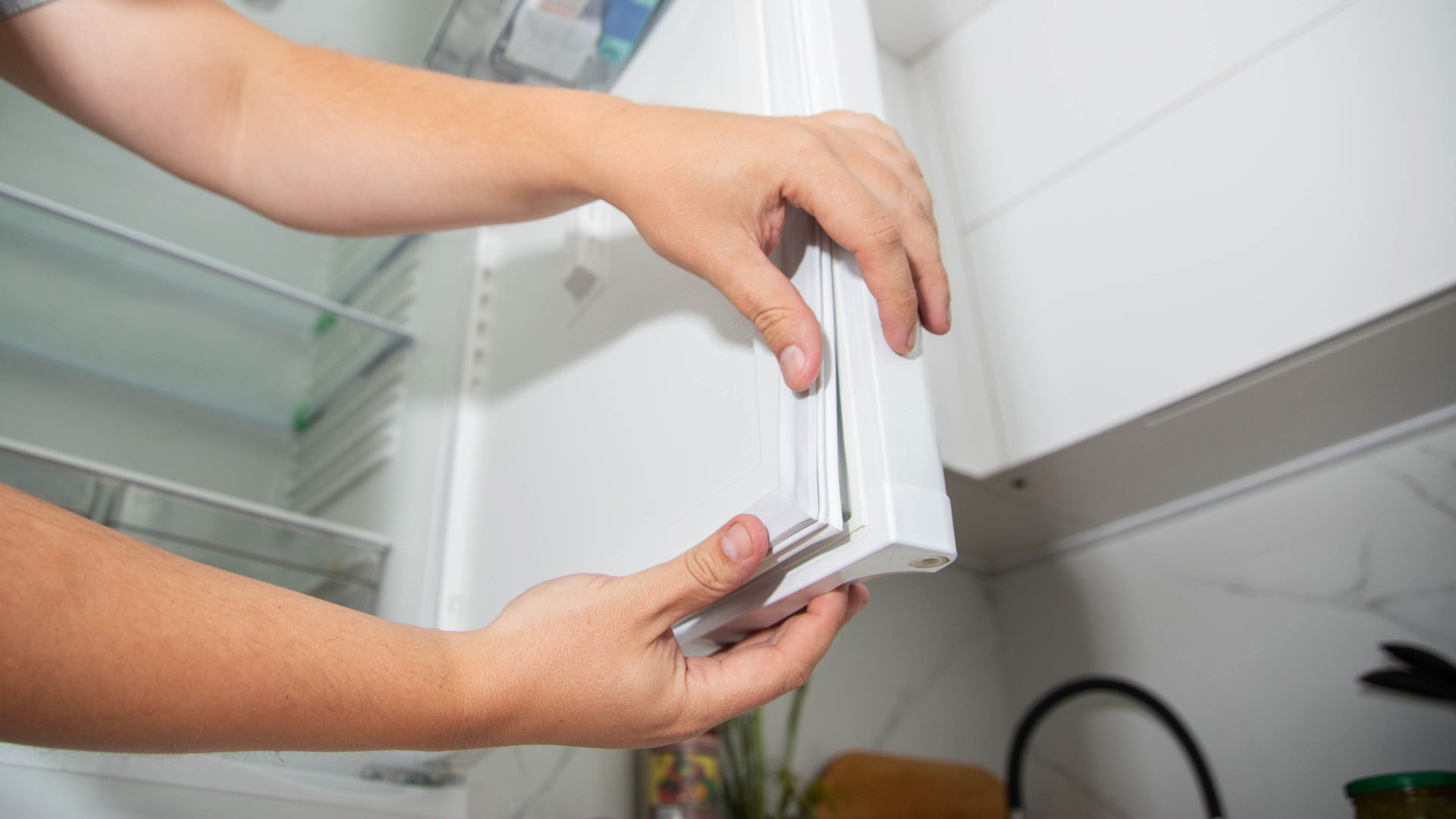
Why Is Your Freezer Door Not Sealing?
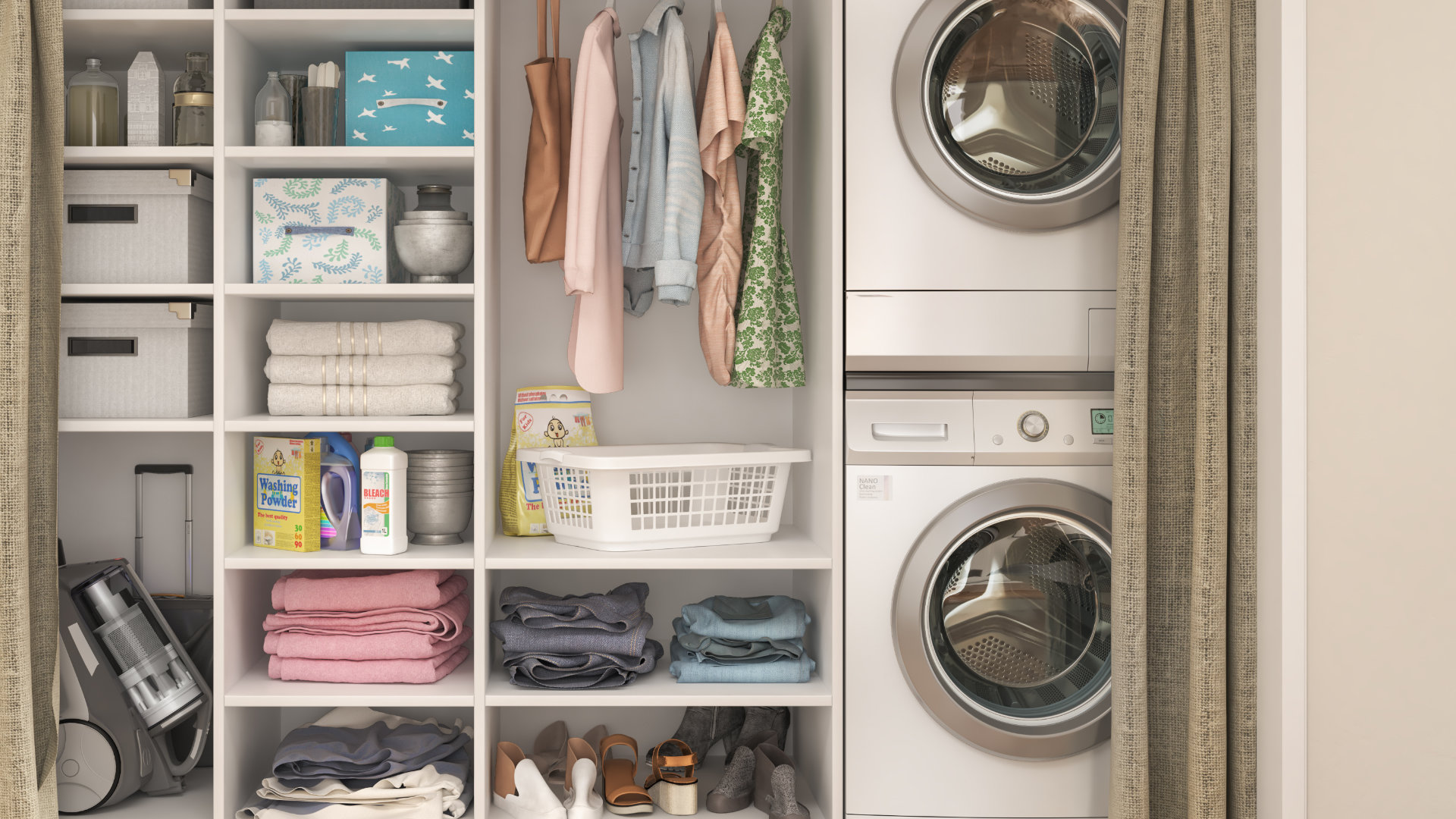
How Does a Ventless Dryer Work?
